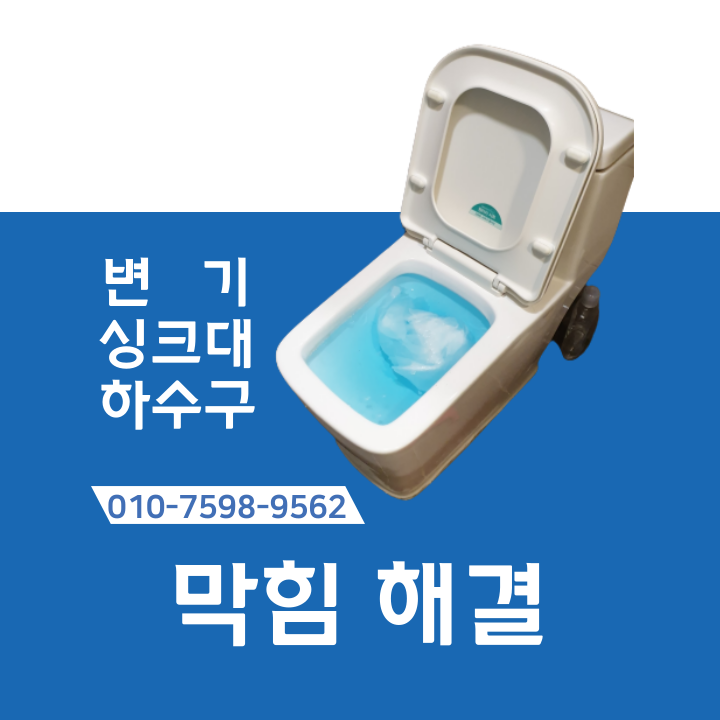하수쿡24
How to Fix Your Blocked Sink: A Step-By-Step Guide IN KOREA 본문
A blocked sink can be a frustrating inconvenience. Whether it's in the kitchen, bathroom, or utility room, a clogged drain can put a halt to your daily routine. But don't worry, there are some simple DIY methods you can use to unclog your sink before calling in a professional plumber.
Materials Needed
Before you start, you'll need to gather a few materials:
1. Plunger
2.Rubber gloves
3. Bucket
4. Towels or rags
5. Pipe wrench
6. A wire coat hanger or a plumber's snake
7. A bottle of drain cleaner (optional)
8. Steps to Unclog Your Sink

Step 1: Try the Plunger
Firstly, if there's standing water in the sink, remove as much of it as you can. Position your plunger over the drain and ensure it forms a seal. Push and pull on the plunger with steady, even strokes. After a few attempts, lift the plunger to see if the water drains away.
Step 2: Use a Wire or Plumber's Snake
If the plunger doesn't work, you can try to dislodge the blockage using a wire coat hanger or a plumber's snake. Straighten out the wire hanger but leave a small hook at the end. Insert this into the drain and attempt to pull up any debris causing the blockage.
A plumber's snake, also known as a drain auger, works similarly but can reach further into the pipe. It has a coiled spiral snake that’s flexible and can be pushed down the pipe to break up or retrieve the blockage.
Step 3: Use a Drain Cleaner
If you're still having trouble, a chemical drain cleaner may help. However, these should be used as a last resort, as they can be harmful to your pipes if used too often. Always follow the instructions on the bottle, and ensure you wear gloves and have adequate ventilation.
Step 4: Dismantle the P-Trap
If you're still unable to clear the clog, you may need to dismantle the pipe underneath your sink known as the P-trap. Place your bucket underneath the P-trap to catch any water that might spill out.
Loosen the nuts on either side of the curve with a pipe wrench, and carefully remove the pipe. It's common for clogs to occur in this section of the pipe, so check for any debris and clean it out.
Once you've cleaned the P-trap, replace it and tighten the nuts. Make sure there are no leaks before you start using your sink again.
Step 5: Call a Professional
If none of the above steps work, it's time to call a professional plumber. Some clogs can be stubborn or located deep within your plumbing system, and trying to fix it yourself could cause further damage. CA Drains is here to help you. You can automatically call us just by tapping the photo in the end of this post.

Preventing Future Clogs
The best way to deal with a blocked sink is to prevent it from happening in the first place. Here are a few preventative measures:
1. Avoid pouring fats, oils, or grease down your sink, as they can solidify and cause clogs.
2. Use a sink strainer to catch food particles and other debris.
3. Regularly clean your drain with a mixture of hot water and vinegar or baking soda to help break down any potential blockages.
In conclusion, dealing with a blocked sink can be a nuisance, but with the right tools and steps, you can often fix it yourself. However, if the problem persists, it's always best to call in a professional to avoid damaging your plumbing system.
tap the picture for number

